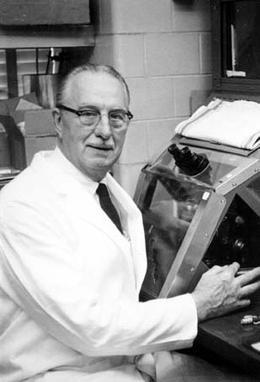I received this DM today (my DMs are open. I was nervous about opening DMs but a year later I would rate the experiment as a delightful success. It has opened up Twitter to many new discussions that otherwise would not have occurred).
Hi Dr. Topf, I’m a final year medical student from the UK. I’ve been following you for a while due to my interest in renal medicine. Are there any books/online resources that you would recommend to learn renal physiology? I feel that I lack fundamental principles and concepts which I’d like to improve. Thanks!
Arnav
This is actually a relatively common question and I am going to attempt to write this post so I can link to it in the future.
The answer depends on the goals of the student
Preclinical medical student.
Slim, readable. Good choice.
This is designed to be part of a workshop but it can be read on its own.
Medical student or resident on a clinical rotation
This list is for the learner who is looking to know what to do.
Of course I’m one of the authors and I edited every single word in this book but a year later I still am amazed at how well this review book walks the tightrope of being concise without over simplifying complex topics. I may be biased, but I think this is an excellent book.
Before Secrets this was my go to recommendation, but this book is getting long. I’m beginning to think this may be too long for a student resident on a one month nephrology rotation. That said you can’t find better renal educators that editors than Gilbert and Weiner.
The learner really wants (or needs) to have a mechanistic understanding of why we do what we do then…
Fluid, Electrolyte and Acid Base Companion
It is strange that one of the things I am most proud of in my entire career is a book I wrote as a resident but it is no exaggeration to say this book for transformative for my life. I poured five years of work into this project and i think it stands up. However you should skip the tremendously outdated and overly complex section on the treatment hyponatremia and instead read the European Clinical Practice Guidelines.
Burton Rose’s Clinical Physiology of Acid Base and Electrolyte Disorders.
People look at the copyright on Rose’s electrolyte book and conclude the book is out of date.
It is.
It doesn’t matter.
Rose excels at providing the reader a cohesive mental model of how the kidneys work so that things make sense. Then if you need to learn more and get a more up to date and nuanced view of how the kidney works it is pretty simple to plug those updates into your mental model of the kidney.
The nephrology fellow
Use the following:
- Nephrology Secrets
- Burton Rose’s electrolyte book
- Daugirdas’ Handbook of Dialysis
- All of the KDIGO clinical practice guidelines
- A subscription to UpToDate
- A subscription to Nature Reviews Nephrology
- Attend every NephJC
Read the first three cover-to-cover and then cover-to-cover again. The KDIGO Guidelines will give you the state-of-the-art for many of the important issues in Nephrology and the full guidelines provide a solid scientific rational for why the guideline are the way they are. You should have more than a superficial familiarity with the guidelines. Use UpToDate and Nature Reviews to go deep on every weird, rare, or interesting patient. Use the last one to stay up to date with clinical research. That’ll do. That’ll do quite nicely.
What did I miss? What are your favorites. Hit me up on #MedTwitter or slide into my DMs.
Some good updates from Twitter
And Mir Tariq Ali reminded me of major omission to my list. I forgot Daugirdas’ Handbook of Dialysis. This is the third book that every nephrology fellow should read cover to cover and then read again.




